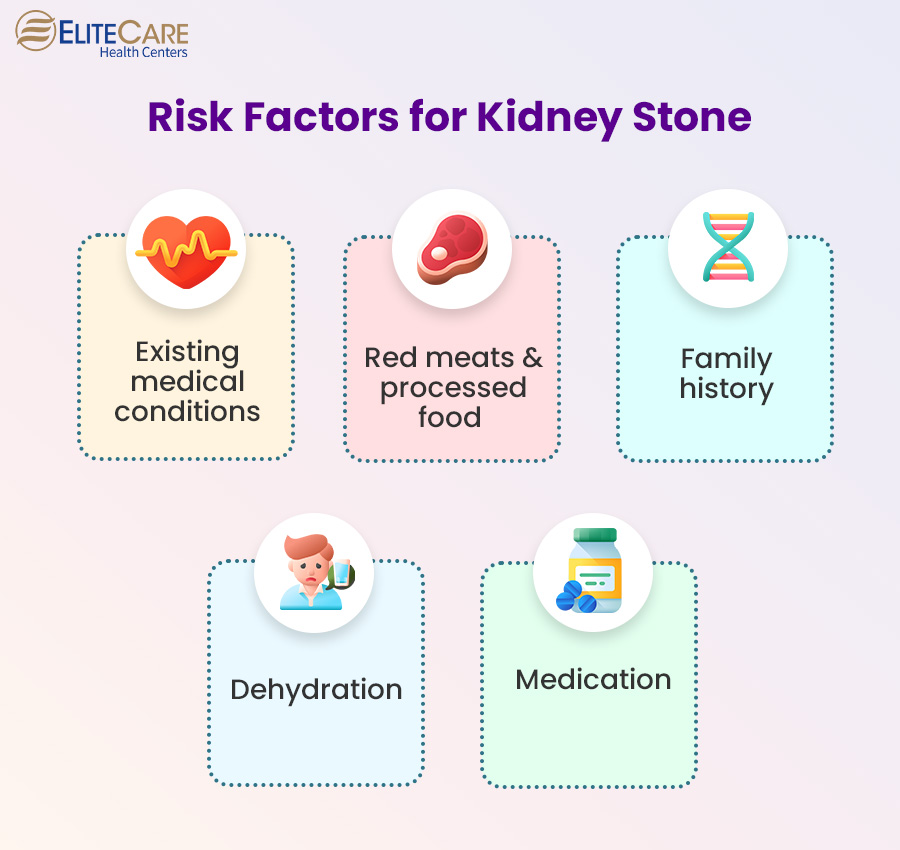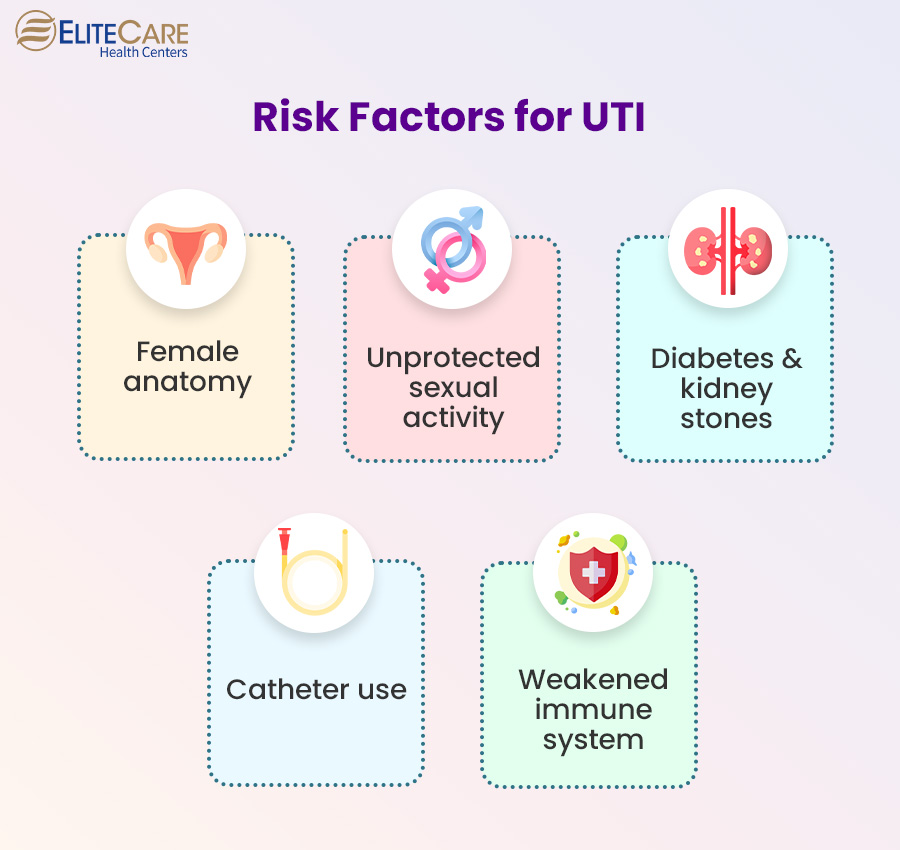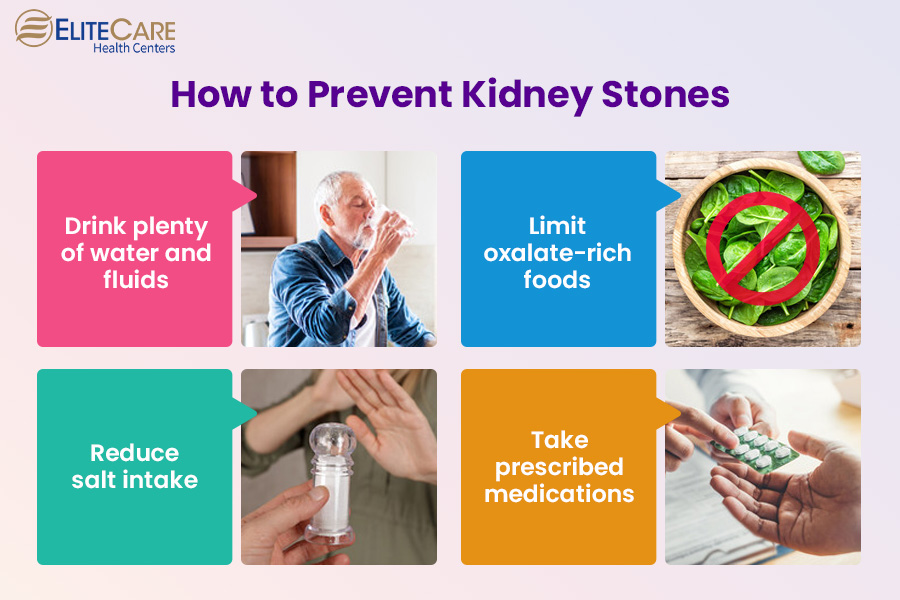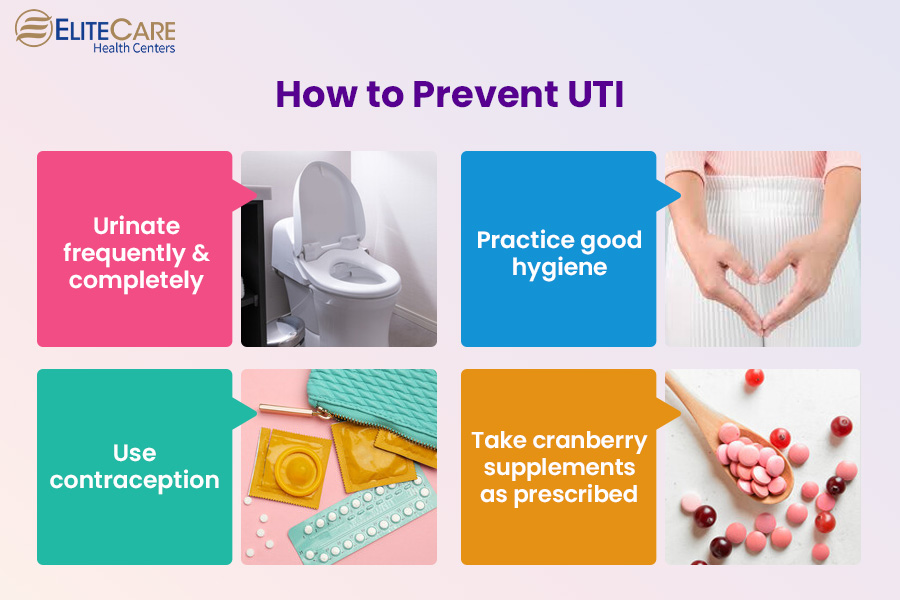
Kidney stones and urinary tract infections (UTIs) are two common but different medical conditions that can affect the urinary system. Kidney stones are hard deposits formed in the kidneys, leading to pain and discomfort when they pass through the urinary tract. These stones are usually made up of minerals and salts that crystallize and clump together, and they can vary in size from a grain of sand to a golf ball. On the other hand, UTIs are bacterial infections affecting the entire urinary tract, including the bladder, urethra, and kidneys.
While these two conditions may share some similarities in terms of symptoms, causes, and risk factors, it is crucial to distinguish between these two for proper diagnosis and treatment. In this blog post, we will discover the differences between kidney stones and UTIs, including their symptoms, causes, diagnosis, treatment and preventative measures. Read on to learn more.
Kidney Stone vs UTI- Causes and Risk Factors
The risk factors and causes of kidney stones and UTIs are mostly different. However, there may be some instances of overlapping. The following are some of the factors that can contribute to the development of kidney stones:

Dehydration
Lack of water can cause the urine to become concentrated, therefore, increasing the risk of stone formation.
Read More: 7 Drinks to Keep the Elderly Hydrated
Diet
Food high in salt, sugar, and animal protein, and low in fiber can increase the risk of kidney stones.
Genetics
Having a family history of kidney stones can put individuals at greater risk.
Existing medical conditions
Some medical conditions such as gout, hyperparathyroidism, and inflammatory bowel disease can put individuals at risk.
Medication
Certain medicines such as diuretics and calcium-based antacids can lead to the formation of kidney stones.
The risk factors for developing UTI are as follows:

Female anatomy
Women are at greater risk for UTI as they have a shorter urethra than men. Therefore, it becomes easier for bacteria to enter the bladder and cause an infection.
Sexual activity
Unprotected sexual activity can introduce bacteria into the urinary tract, increasing the risk levels.
Medical conditions
Diabetes and kidney stones can put seniors at greater risk.
Catheter use
Those using catheters to drain urine from the bladder are at a higher risk.
Immune system suppression
Seniors with weakened immune systems, or those with HIV/AIDS or undergoing treatments like chemotherapy, are at higher risk of UTIs.
Kidney Stone vs UTI- Symptoms
Signs of kidney stones and UTIs often overlap and that is why it is difficult to distinguish between these two conditions. However, in either case, it is crucial to seek medical attention and contact a healthcare center if seniors experience any of the following symptoms.
Symptoms of Kidney Stones
- Excruciating pain in the back, side, lower abdomen, or groin area
- Painful urination
- Blood in the urine
- Nausea and vomiting
- Difficulty passing urine or feeling the need to urinate frequently
- Fever and chills
Symptoms of UTIs
- Pain or burning during urination
- Frequent urination
- Constant, urgent need to urinate
- Cloudy or foul-smelling urine
- Blood in the urine
- Pain in the lower abdomen or back
- Fever and chills
Most people suffering from kidney stones may not experience any symptoms until the stone moves and leads to a blockage or infection. Similarly, people suffering from UTIs often do not experience any symptoms until the infection has spread further, reaching to the kidneys.
Kidney Stone vs UTI- Diagnosis and Treatment
The diagnosis and treatment of kidney stones and UTIs can vary depending on the severity of the condition and the individual’s medical history.
Diagnosis
In case of kidney stones, imaging tests such as X-rays, CT scans, or ultrasounds may be used to visualize the stones in the urinary tract. Primary care physicians may also recommend urine tests to check for any signs of infection or blood in the urine.
For UTIs, primary care physicians generally ask to get a urinalysis to check for the presence of bacteria and white blood cells in the urine. Sometimes, providers may recommend a urine culture test to identify the specific bacteria causing the infection. It helps doctors to prescribe medication according to individual health condition.
Read More: What to expect from an annual physical exam
Treatment
Usually, primary care physicians recommend plenty of fluid intake in case of kidney stones to help flush out the stone and alleviate symptoms. Sometimes, they also prescribe medications for pain management caused by kidney stones. If the stones are too large to pass on their own, doctors may recommend getting medical procedures such as shock wave lithotripsy, ureteroscopy, or percutaneous nephrolithotomy done at any healthcare centers.
For UTIs, physicians usually antibiotics prescribe to kill the bacteria causing the infection. They may also prescribe medication to alleviate discomfort during urination and recommend increased fluid intake, especially natural cranberry juice. In some cases, UTIs may require further evaluation and treatment at a medical clinic if they are recurrent or involve more severe complications such as kidney infections.
How to Prevent Kidney Stones

1. Drink plenty of water and fluids
The most effective way to prevent kidney stones is to drink plenty of fluids, especially water. It helps dilute the concentration of minerals and salts in the urine, reducing the risk of stone formation. Seniors should aim to drink at least 8-10 cups (64-80 ounces) of water per day and increase their fluid intake in hot or dry weather.
2. Limit consumption of certain foods
Oxalate is a natural compound found in many foods that can contribute to the formation of kidney stones. Therefore, limiting the consumption of oxalate-rich foods including spinach, rhubarb, beets, peanuts, chocolate, etc. can reduce the risk of this disease.
Read More: Foods That Help Lower Blood Pressure
3. Reduce salt intake
Excess salt intake can increase the amount of calcium in the urine, increasing the risk of stone formation. Aim to limit the sodium intake to no more than 2,300 milligrams per day to prevent kidney stones from forming. Seniors with a history of kidney stone should limit it by 1,500 milligrams per day to prevent any recurrence.
4. Take prescribed medications
If seniors have a history of kidney stones, the healthcare provider may prescribe medications to help prevent their formation. Make sure to take these medications as prescribed and follow up with the healthcare provider regularly in order to track progress.
How to Prevent UTI

1. Urinate frequently and completely
Seniors should not hold urine in for too long and focus on emptying their bladder regularly to prevent the buildup of bacteria in the urinary tract.
2. Practice good hygiene
Keep the genital area clean and dry to help prevent the growth of bacteria that can cause UTIs. Do not forget to wash the genital area with mild soap and water before and after sexual activity. Also, avoid using feminine products that may contain chemical irritants, such as douches and powders.
3. Use contraception
Using a condom or spermicide during sexual activity can help reduce the risk of UTIs by preventing the transfer of bacteria from one partner to another.
4. Take cranberry supplements as prescribed
Some studies suggest that cranberry supplements may help prevent UTIs by preventing bacteria from sticking to the walls of the urinary tract. Seniors can also opt for fresh, natural cranberry juice over supplements if their health condition permits.
Conclusion
It is important to distinguish between kidney stones and UTIs, as they require different treatment procedures. Seeking medical attention if you experience any symptoms of kidney stones or UTIs is crucial to ensure proper diagnosis and treatment. Seniors should focus more on preventive measures to protect themselves from developing serious issues like kidney infections. It is essential to adopt healthy habits and make necessary lifestyle changes to prevent the recurrence of these conditions.
For any queries or concerns related to kidney stones or UTIs, contact EliteCare Health Centers, one of the best medical clinics in Florida to offer senior care services.
Frequently Asked Questions
Kidney stone symptoms include severe back pain, frequent urination, and blood in the urine. UTI symptoms, on the other hand, include a strong urge to urinate, a burning sensation, and bloody urine. Consulting with a doctor is essential for accurate identification and treatment.
Kidney stones are hard deposits formed in the kidneys. Small kidney stones can pass through the ureters and grow into bladder stones. Stones in the urinary tract are hard lumps that occur in the urinary tract. They can cause pain, bleeding, infection, and even obstruct the urine flow.
Because of the presence of blood, urine containing kidney stones may appear hazy pink, red, or brown. It could also contain sediments or smell bad. It is critical to seek the advice of a healthcare professional for an appropriate diagnosis.
UTI pain can take many forms, but it typically appears as a chronic soreness or discomfort. While some people may have waves of more extreme pain, it is usually persistent and might vary in severity throughout the infection.






